
The red underwing is a moth of the family Erebidae. The species was first described by Carl Linnaeus in his 1767 12th edition of Systema Naturae.

Catocala is a generally Holarctic genus of moths in the family Erebidae. The genus was erected by Franz von Paula Schrank in 1802. The moths are commonly known as underwing moths or simply underwings. These terms are sometimes used for a few related moths, but usually – especially when used in plural, not as part of a species name – they are used to refer to Catocala only.

Arctia is a genus of tiger moths in the family Erebidae. Therein, it belongs to the subtribe Arctiina in the tribe Arctiini in the subfamily Arctiinae. Species are well distributed throughout North America, Palearctic, India, and Sri Lanka.
Heliosia is a genus of moths in the family Erebidae erected by George Hampson in 1900.

Catocala electa, the rosy underwing, is a moth of the family Erebidae. The species was first described by Karl Friedrich Vieweg in 1790. It can be found in Europe and Asia.
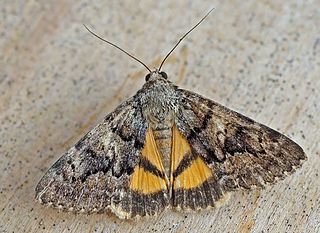
Catocala nymphaea is a species of moth of the family Erebidae. It was described by Eugenius Johann Christoph Esper in 1787. It is found in southern France, Austria, Albania, Portugal, Croatia, Italy, Greece, Corsica, Sicily, Crete, North Africa, Anatolia, Afghanistan and Kashmir.

Watsonarctia is a monotypic moth genus in the subfamily Arctiinae erected by Josef J. de Freina and Thomas Joseph Witt in 1984. Its only species, Watsonarctia deserta, the chaste pellicle, was first described by Max Bartel in 1902. It is found in central and south-eastern Europe, southern Russia, southern Siberia east to Lake Baikal; also in Asia Minor, Armenia, Azerbaijan, northern Iran, Kazakhstan, Kyrghyzstan and Xinjiang in China.
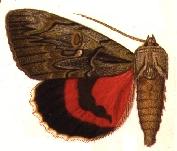
Catocala sultana is a moth of the family Erebidae. It is found in Tunisia, Morocco and Algeria.
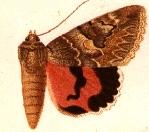
Catocala amabilis is a moth of the family Erebidae. It is found in Transcaspia.

Catocala timur, the Timur underwing, is a moth of the family Erebidae. It is found in Transcaspia.
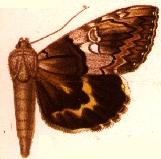
Catocala deuteronympha is a moth of the family Erebidae. It is found from eastern Siberia to Japan and Korea.

Catocala herodias, the Herodias underwing or Gerhard's underwing, is a moth of the family Erebidae. The species was first described by Strecker in 1876. The nominate form is found in the US states of Texas and Oklahoma. Subspecies Catocala herodias gerhardi is found from Massachusetts, Connecticut, New York to Virginia. The gerhardi subspecies is listed as endangered in Connecticut.
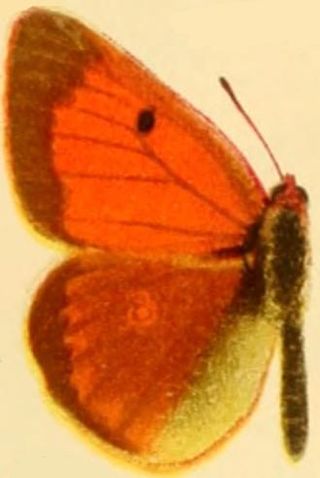
Colias heos is a butterfly in the family Pieridae. It is found in the East Palearctic.
Catocala danilovi is a moth in the family Erebidae first described by Otto Bang-Haas in 1927. It is found in south-eastern Siberia.
Catocala haitzi is a moth in the family Erebidae first described by Otto Bang-Haas in 1936. It is found in Gansu, China.
Catocala hymenoides is a moth in the family Erebidae first described by Johannes Draeseke in 1927. It is found in China.
Catocala kotschubeyi is a moth in the family Erebidae first described by Leo Sheljuzhko in 1927. It is found in the Russian Far East.
Catocala rhodosoma is a moth in the family Erebidae first described by Röber in 1927. It is found in the Naga Hills of India.







